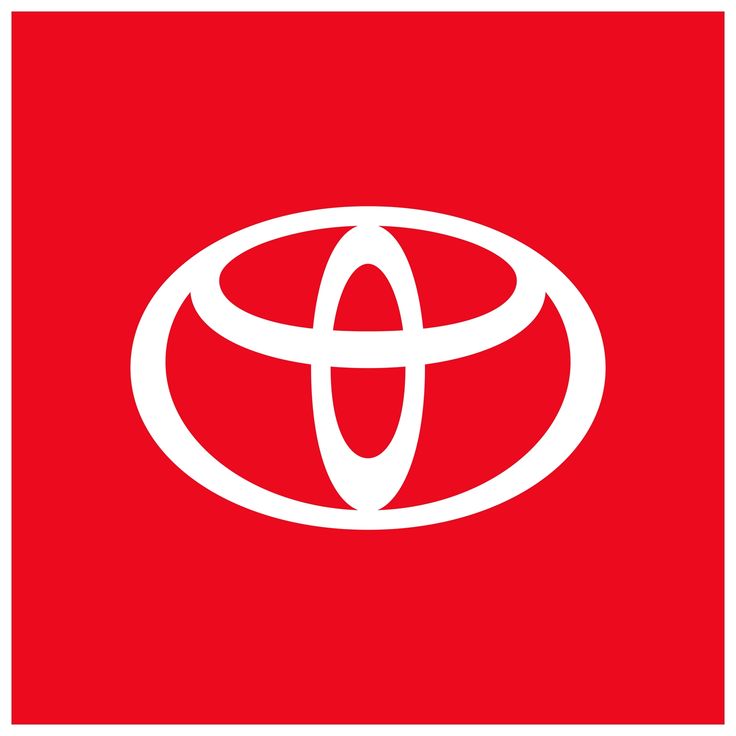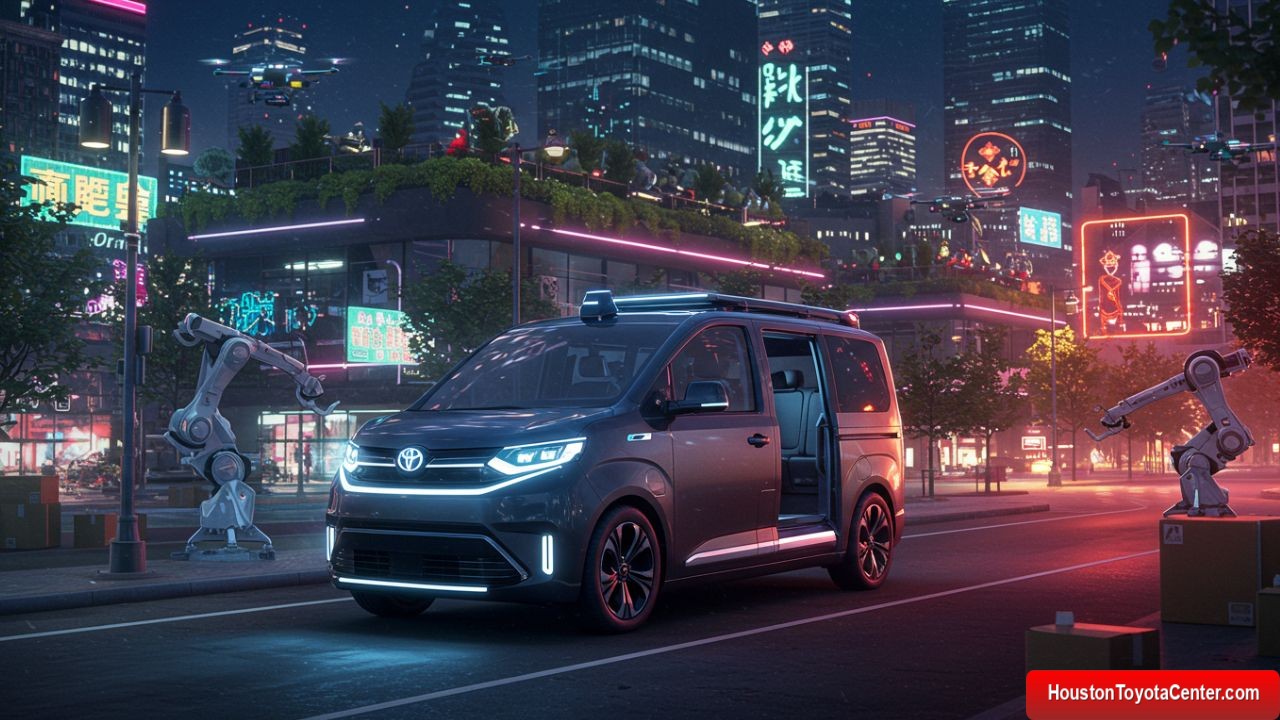In a world driven by rapid e-commerce growth, increased urbanization, and rising demand for contactless services, delivery logistics are undergoing a massive transformation. Leading this revolution is Toyota’s e-Palette, a self-driving, all-electric vehicle that promises to redefine how goods and people move in cities. More than just a van with smart tech, the e-Palette represents Toyota’s vision for the future of mobility as a service (MaaS) — where software, hardware, and urban infrastructure converge into a seamless delivery ecosystem.
But what exactly is the Toyota e-Palette? What makes it different from current delivery vehicles or even existing autonomous options? And why is it poised to become a game-changer in logistics, retail, and urban planning?
Let’s explore the groundbreaking e-Palette in-depth — from its origins and design to its real-world applications and the industries it’s set to disrupt.
The Origin of the e-Palette
The 2018 Debut
Toyota first unveiled the e-Palette concept at CES 2018 in Las Vegas. The presentation immediately turned heads, not just for the sleek, boxy design but for its flexible modularity. Toyota didn’t want to build another car — it wanted to build a platform.
FREE: Quickly identify and understand problems with your vehicle 🚘
CLICK HEREAkio Toyoda, then President of Toyota Motor Corporation, emphasized that the company was shifting from being an “automotive company” to a “mobility company.”
Partnerships from the Start
Toyota understood that no single company could create an autonomous future alone. As part of the e-Palette Alliance, it partnered with companies like:
- Amazon – for delivery logistics
- Uber – for ride-sharing and mobility infrastructure
- Didi Chuxing – for urban mobility solutions in China
- Pizza Hut – for mobile food delivery units
These partnerships signaled a key element of the e-Palette concept: modularity and customizability for various business use cases.
Design: The “Blank Canvas” Philosophy
At its core, the e-Palette is a scalable, customizable platform on wheels. It’s like a digital screen — you define how it behaves based on software and purpose.
Exterior
- Box-like design: Maximizes interior space, enabling more storage or passenger capacity.
- Symmetry: Front and back are nearly identical, enabling easier maneuvering in tight city spaces.
- Full autonomy: The design omits a steering wheel and traditional dashboard.
- LED communication panels: Indicate the vehicle’s status, destination, or warnings to pedestrians.
Interior
The vehicle’s interior is modular and configurable. For example:
- Retail Version: Mobile store with shelves, digital signage, and checkout systems.
- Logistics Version: Smart shelving for parcel sorting, with robotic arms for loading/unloading.
- Ride-Sharing Version: Passenger seating with touchscreen panels, ambient lighting, and connectivity options.
Technical Specs (Prototype)
| Feature | Specification |
|---|---|
| Length | ~4.8 meters (15.7 ft) |
| Height | ~2 meters (6.5 ft) |
| Powertrain | Battery electric |
| Autonomy Level | Level 4 (fully autonomous in defined zones) |
| Drive Configuration | Electric AWD |
| Payload Capacity | ~2,000 pounds (~900 kg) |
| Range (est.) | ~100-150 miles per charge |
Autonomy: Powered by the Toyota Guardian + Partner Systems
Unlike companies solely focused on full autonomy (like Waymo), Toyota takes a “guardian” approach to autonomous driving — meaning safety is layered with human oversight in critical scenarios.
Key Technologies:
- Autonomous Control System (ACS): Enables full self-driving operation in geofenced zones.
- Connected Intelligence: Vehicle-to-Infrastructure (V2I) and Vehicle-to-Everything (V2X) communication ensure safe city integration.
- Software Updatable Platform: The e-Palette receives OTA (over-the-air) updates, allowing business models and driving logic to be updated without physical changes.
Toyota envisions future cities with fleet management systems that can coordinate dozens (or hundreds) of e-Palettes working in sync.
Real-World Applications
Logistics and Delivery
The e-Palette can transform last-mile delivery, especially in congested urban areas. Traditional delivery vans require drivers, consume more space, and must park or stop traffic.
With e-Palette:
- Goods can be delivered 24/7 without human input.
- Fleet coordination means fewer vehicles doing more optimized routes.
- Autonomous lockers or robotic arms can handle contactless drop-offs.
Retail and Shopping
Imagine a mobile store that comes to you — not just packages, but entire mini-marts or showrooms.
Use cases include:
- Mobile pharmacies
- Pop-up fashion stores
- Seasonal goods (e.g., Christmas or Halloween items)
- Farmer’s markets with produce
Ride-Sharing and Mobility Services
The e-Palette could serve as:
- On-demand shuttles during events
- Shared autonomous taxis
- Senior mobility services in suburban areas
Each vehicle can be configured with accessibility features, entertainment systems, or even mobile workspaces.
Tokyo Olympics 2020: The e-Palette in Action
Although the 2020 Tokyo Olympics were delayed due to the pandemic, Toyota used the event to demonstrate the e-Palette in real-world scenarios.
Key highlights:
- The vehicles transported athletes and officials inside the Olympic Village.
- Operated on a dedicated route with limited human intervention.
- Demonstrated low-speed autonomous navigation and obstacle detection.
While some incidents (like a minor collision with a visually impaired pedestrian) brought scrutiny, Toyota used the opportunity to improve sensor calibration and pedestrian detection logic.
Environmental Impact
The e-Palette isn’t just about autonomy — it’s part of Toyota’s Carbon Neutral 2050 strategy.
Environmental Benefits:
- Zero emissions per mile
- Lower noise pollution in cities
- Reduced congestion with smart routing
- Energy efficiency from electric drivetrains and regenerative braking
The modularity also promotes sustainability by design: instead of building different vehicles for different tasks, businesses can reuse the same vehicle base and swap modules.
How the e-Palette Could Reshape Industries
Logistics Companies
Traditional courier companies like FedEx, UPS, and DHL could shift to fleet-based automation using platforms like the e-Palette. This reduces costs, improves delivery speed, and eliminates human error or fatigue.
Fast Food Chains
Imagine Taco Bell or KFC deploying mobile kitchens during lunch hours or festivals. The e-Palette allows real-time location changes, letting brands meet demand where it arises.
Retailers
Brick-and-mortar stores may use the e-Palette as a “last-mile showroom.” Consumers could:
- Try products in a mobile store
- Make orders via tablet
- Schedule follow-up deliveries
This could revolutionize brick-and-mortar survival strategies in the age of Amazon.
Public Transit
Municipalities may adopt e-Palette for last-mile transport, especially in areas where buses aren’t economical. Integration with apps and smart city infrastructure makes it scalable and intelligent.
Toyota’s Vision: A Smart City Ecosystem
Toyota’s ambitions don’t stop with autonomous vehicles.
Woven City
Toyota is currently building Woven City — a prototype city at the base of Mt. Fuji that serves as a real-world testbed for the e-Palette and other next-gen mobility technologies.
- Connected traffic lights, curb sensors, and 5G-powered coordination will allow e-Palette to operate seamlessly.
- The city will be powered by hydrogen fuel cells and renewable energy.
- Residents will use mobility-as-a-service systems like the e-Palette for daily commutes and deliveries.
Woven City is more than a project — it’s a blueprint for the future.
Challenges Ahead
No innovation is without obstacles. For the e-Palette, several remain:
- Regulatory hurdles: Full autonomy still faces legal limitations in most countries.
- Public acceptance: People need to feel safe around self-driving vehicles.
- Cybersecurity: Like all connected devices, fleet systems must be secure from hacking.
- Infrastructure dependency: Smart city infrastructure is still in early development in most regions.
Yet, Toyota has the funding, vision, and partnerships to tackle these issues head-on.
What Sets the e-Palette Apart?
Comparison Table: e-Palette vs. Other Autonomous Delivery Platforms
| Feature | Toyota e-Palette | Amazon Scout / Rivian | Nuro R2 | Tesla Robotaxi (planned) |
|---|---|---|---|---|
| Level of Autonomy | Level 4 | Level 3 | Level 4 | Level 4 (claimed) |
| Payload Capacity | High (up to 900 kg) | Low (small parcels) | Moderate | Unknown |
| Use Case Flexibility | High (retail, ride, delivery) | Delivery only | Delivery only | Ride-sharing only |
| Passenger Capable | Yes | No | No | Yes |
| Modular Interior | Yes | No | No | Limited |
| Real-World Deployment | Olympics, Woven City | Test cities | Few U.S. cities | Not deployed (as of 2025) |
Conclusion: A Glimpse into the Future
The Toyota e-Palette isn’t just a futuristic-looking van — it’s a bold reimagining of transportation. Combining autonomy, electric power, and modularity, it offers a flexible solution for a wide range of applications. As cities evolve and consumers demand faster, cleaner, and more convenient services, the e-Palette may well become a cornerstone of urban logistics and mobility.
Toyota’s strength lies not only in building reliable vehicles but in thinking beyond the car. The e-Palette is proof of that — and it’s only the beginning.


Leave a Reply